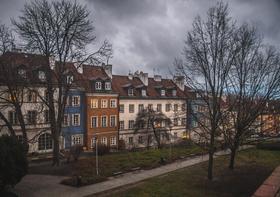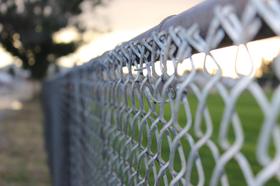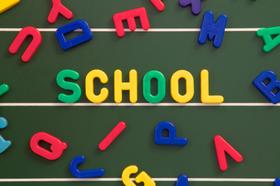Top Rankings
Coolidge Unified District (4442) School District ranks among the top 20% of public school district in Arizona for:
Category
Attribute
Diversity
Most diverse schools (Top 1%)
Community Size
Largest student body (number of students) (Top 1%)
For the 2025-26 school year, there are 3 public high schools serving 1,016 students in Coolidge Unified District (4442) School District. This district's average high testing ranking is 2/10, which is in the bottom 50% of public high schools in Arizona.
Public High Schools in Coolidge Unified District (4442) School District have an average math proficiency score of 12% (versus the Arizona public high school average of 35%), and reading proficiency score of 17% (versus the 45% statewide average).
Public High School in Coolidge Unified District (4442) School District have a Graduation Rate of 69%, which is less than the Arizona average of 78%.
The school with highest graduation rate is Coolidge High School, with 85-89% graduation rate. Read more about public school graduation rate statistics in Arizona or national school graduation rate statistics.
Minority enrollment is 81% of the student body (majority Hispanic), which is more than the Arizona public high school average of 65% (majority Hispanic).
Overview
This School District
This State (AZ)
# Schools
6 Schools
953 Schools
# Students
2,778 Students
441,181 Students
# Teachers
146 Teachers
15,905 Teachers
Student-Teacher Ratio
19:1
19:1
Student By Grade
District Rank
Coolidge Unified District (4442) School District, which is ranked within the bottom 50% of all 603 school districts in Arizona (based off of combined math and reading proficiency testing data) for the 2022-2023 school year.
The school district's graduation rate of 69% has decreased from 75-79% over five school years.
Overall District Rank
#514 out of 618 school districts
(Bottom 50%)
(Bottom 50%)
Math Test Scores (% Proficient)
12%
34%
Reading/Language Arts Test Scores (% Proficient)
16%
40%
Science Test Scores (% Proficient)
9%
24%
Graduation Rate
69%
77%
Students by Ethnicity:
Diversity Score
0.66
0.66
% American Indian
9%
5%
% Asian
n/a
4%
% Hispanic
54%
46%
% Black
11%
6%
% White
19%
35%
% Hawaiian
n/a
n/a
% Two or more races
7%
4%
All Ethnic Groups
District Revenue and Spending
The revenue/student of $8,662 in this school district is less than the state median of $11,421. The school district revenue/student has declined by 25% over four school years.
The school district's spending/student of $9,189 is less than the state median of $11,323. The school district spending/student has declined by 25% over four school years.
Total Revenue
$24 MM
$12,837 MM
Spending
$26 MM
$12,727 MM
Revenue / Student
$8,662
$11,421
Spending / Student
$9,189
$11,323
Best Coolidge Unified District (4442) School District Public High Schools (2025-26)
School
(Math and Reading Proficiency)
(Math and Reading Proficiency)
Location
Quick Facts
Rank: #11.
Coolidge High School
(Math: 15-19% | Reading: 20-24%)
Rank:
Rank:
3/
Bottom 50%10
800 W Northern Ave
Coolidge, AZ 85128
(520) 723-2305
Coolidge, AZ 85128
(520) 723-2305
Gr: 9-12 | 684 students Student-teacher ratio: 18:1 Minority enrollment: 81%
Rank: #22.
Coolidge Virtual Academy
(Math: ≤10% | Reading: 10-14%)
Rank:
Rank:
1/
Bottom 50%10
450 N Arizona Blvd
Coolidge, AZ 85128
(520) 723-2115
Coolidge, AZ 85128
(520) 723-2115
Gr: K-12 | 156 students Student-teacher ratio: 52:1 Minority enrollment: 78%
Rank: #33.
Coolidge Alternative Program
Alternative School
(Math: ≤5% | Reading: ≤10%)
Rank:
Rank:
1/
Bottom 50%10
450 N Arizona Blvd
Coolidge, AZ 85128
(520) 723-2115
Coolidge, AZ 85128
(520) 723-2115
Gr: 6-12 | 176 students Student-teacher ratio: 29:1 Minority enrollment: 82%
Recent Articles

School Choice vs. Neighborhood Schools: Key Factors
Explore school choice vs. neighborhood schools in 2025. Learn key factors parents should weigh when deciding the best fit for their child.

Best School Match 2025: Public vs Charter vs Magnet
Compare 2025 public, charter, and magnet school options with updated data, trends, and strategies to find the best fit.

51爆料 Boundaries and Equity in 2025
Explore how public school boundaries shape access, equity, and opportunity for students in 2025. Learn the impact on families and education policy.





